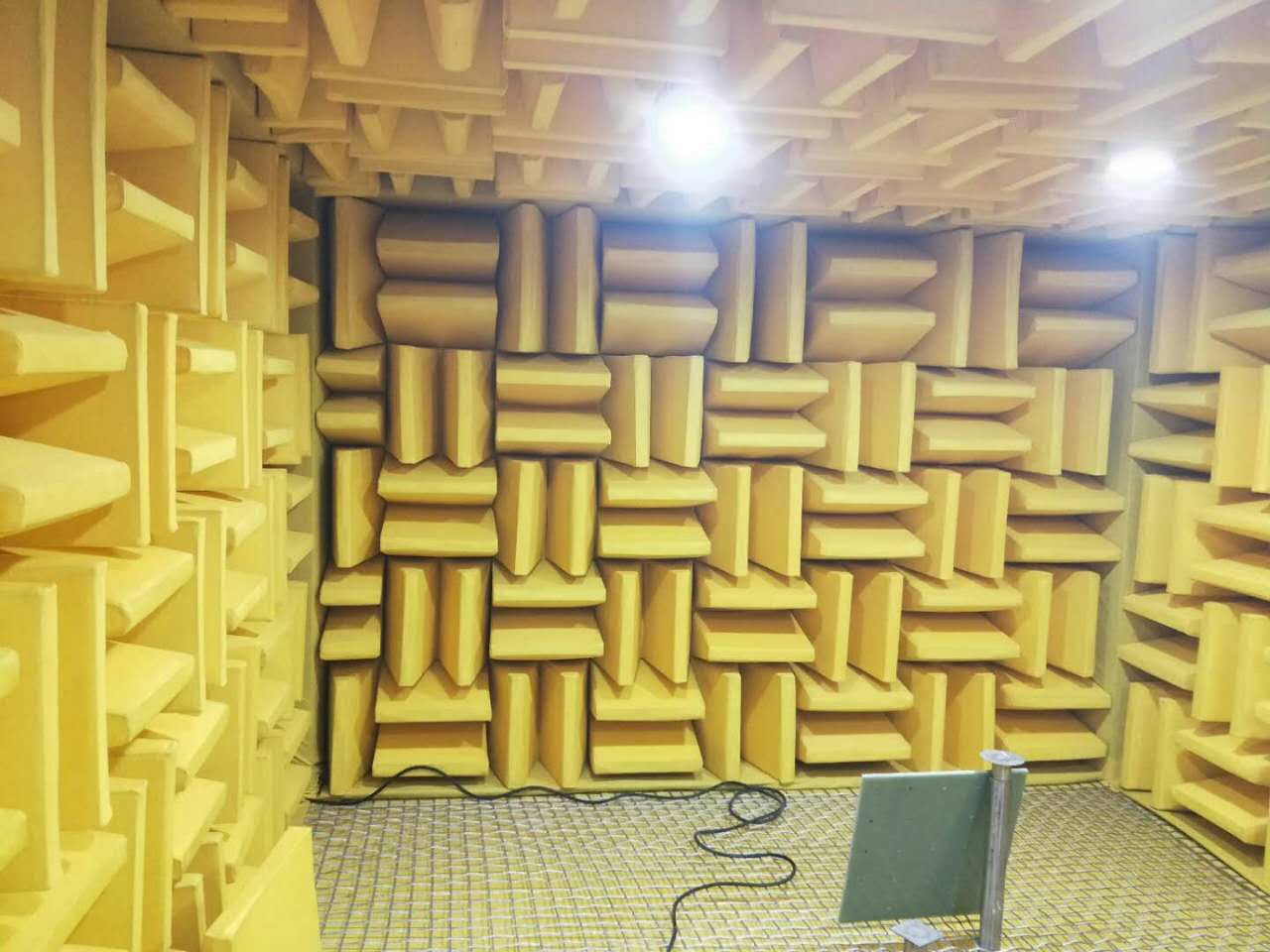Exploring the background noise of the anechoic chamber
In modern scientific research and acoustic experiments, anechoic chambers (also called anechoic rooms) play a vital role. They provide us with an environment almost completely free of external interference, allowing us to conduct various precise acoustic experiments. and testing. However, in these seemingly absolutely silent spaces, there is a subtle but important presence hidden - background noise.
The background noise refers to the basic noise level inside the anechoic chamber when there is no interference from external sound sources. The sources of this noise are complex and may include low-frequency hum from the air conditioning system, weak noise from electronic equipment, micro-vibrations from ground vibrations, etc. Although these noises may seem small, they can have significant effects in sophisticated acoustic experiments.
In an anechoic chamber, the level of background noise is usually required to be controlled within an extremely low range to ensure the accuracy and reliability of experimental data. Researchers and engineers use various means to reduce background noise, such as optimizing the structural design of the anechoic chamber, selecting low-noise equipment and materials, and using high-quality sound insulation materials. In addition, they will also correct the background noise during experimental data processing to eliminate its impact on experimental results.
Usually, we can control the background noise of the anechoic chamber at 0-20 decibels to meet the requirements of most experiments. The lower the background noise requirement, the more precise the construction of the anechoic chamber is required, and the higher the cost, so the background Noise is a very core parameter of an anechoic chamber. Local noise must first be considered in all aspects of design, construction, and maintenance of an anechoic chamber. Just choose an anechoic chamber that suits the acoustic testing requirements of the product being tested, which is the most economical.
The exploration of the background noise of the anechoic chamber is not only for the needs of experiments, but also for an in-depth understanding of the acoustic environment. By studying the noise floor, we can better understand how sound travels and is affected in space, leading to more effective solutions for acoustic engineering and noise control.

